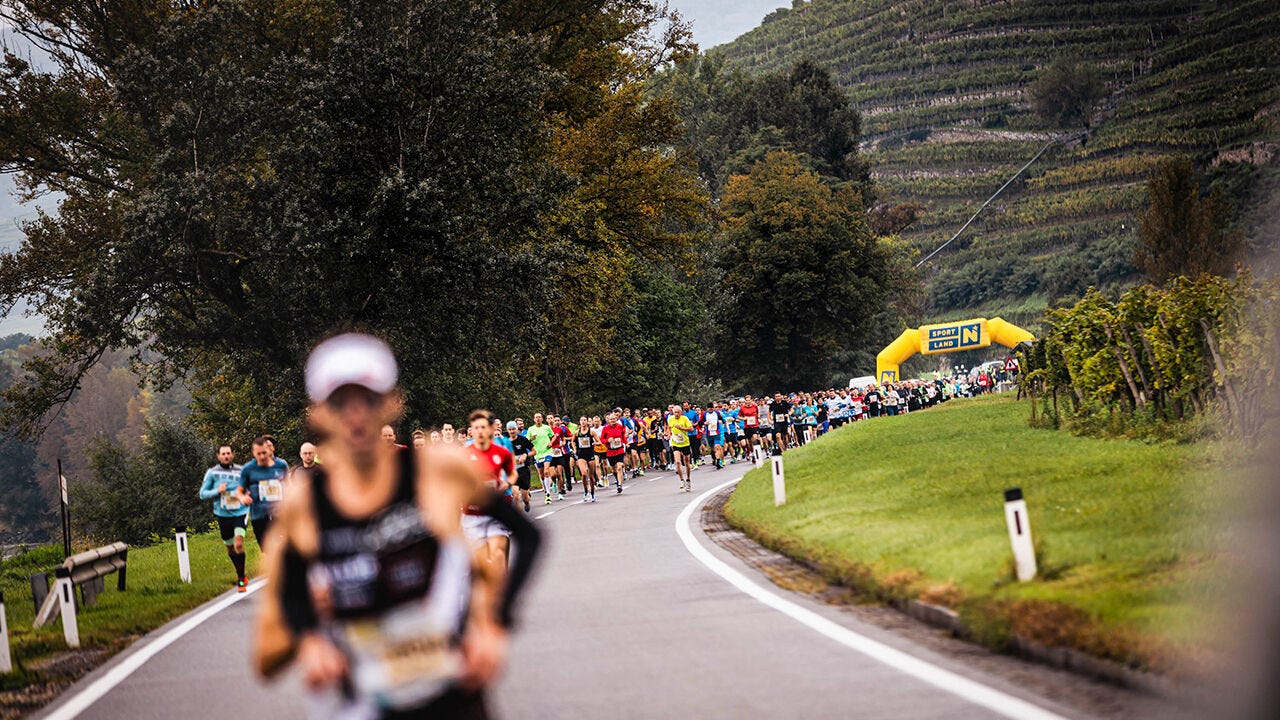🗓️ Day 53 - Austria classification systems
+ Austrian whites 🇦🇹
💪 Warm-up question
Since I’ll be running along world-class vineyards in Wachau Valley today, why not revise what I might see, together?
Let’s compare and contrast the three widely grown white varieties in Austria: Grüner Veltliner, Welschriesling and Riesling. The following attempts to rank the three varieties. One of them is not quite right:
By acidity: Riesling ≈ Welschriesling > Grüner
By ripening timing: Grüner → Riesling → Welschriesling
By skin thickness: Grüner > Welschriesling ≈ Riesling
By planting: Grüner > Welschriesling > Riesling
You will find the answer to this warm-up exercise at the end of this entry. But please give it a go yourself first 😉

✍️ Past exam question
Question five from the May 2025 exam
Outline the traditional classification of Austrian Wine based on must weight at harvest. (30% weighting)
Describe the other classification systems in current use. (70% weighting)
💡 Examiner’s feedback
© Wine & Spirit Education Trust (WSET)
This question demanded a fact-based approach and successful answers were dependent on candidates having learnt the relevant materials in detail. Those who were able to relay this information systematically had the opportunity to score very highly. No higher skills were being tested in this question; candidates where either right or wrong. Pleasingly, many candidates had clearly revised and learnt this topic and this is reflected in the fact that almost one third of candidates who attempted this question received a pass with merit or distinction. Another third gained a pass, and just over one third failed.
Candidates who did less well had not given enough attention to this topic in their revision and there were a number of answers that confused the Austrian system with the German system; their answers tended to include terms from the Germanic classification system or described organisations such as the VDP.
Another common failing was too much focus on the first part of the question, which was only worth 30% of the marks available. Many gave very detailed descriptions of the prädikat system, whereas candidates who listed the different levels in order and then devoted more time to answering the second part of the question tended to gain higher marks. As has often been mentioned in previous reports, it is important in a question such as this one that candidates spell the main terms and names correctly. Whilst the D3 exam is not a spelling test andexaminers will overlook inevitable minor errors and mistakes, a candidate who repeatedly misspells key terms risks undermining the examiner’s confidence.
The best candidates were able to give examples that showed a full understanding of how the classification system is used – for example, illustrating regions that have been recently given DAC status and explaining the implications of this, such as which grape variety/ies are permitted, etc.
👀 Answer to today’s quiz…
By acidity: Riesling ≈ Welschriesling > Grüner
By ripening timing:
Grüner → Riesling → WelschrieslingGrüner → Welschriesling → RieslingBy skin thickness: Grüner > Welschriesling ≈ Riesling
By planting: Grüner > Welschriesling > Riesling
All this info is in the WSET Diploma in Wine D3 textbook’s Austria chapter (p187-189).
Have a lovely Sunday 👋





